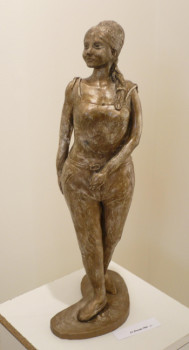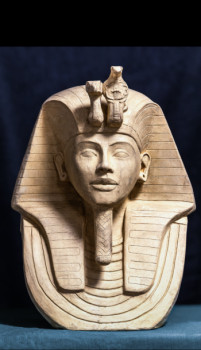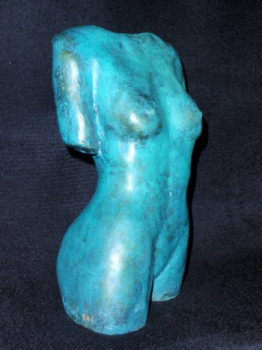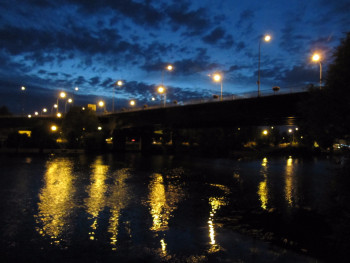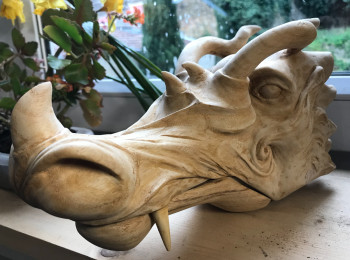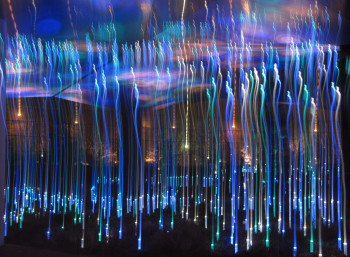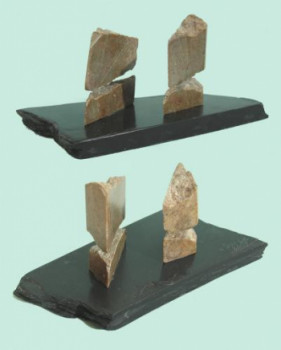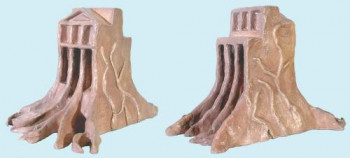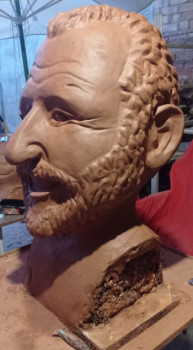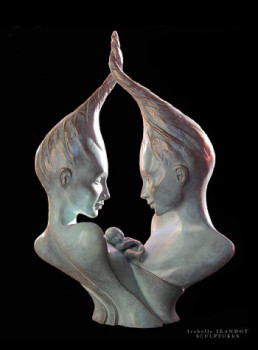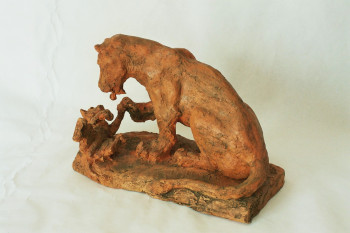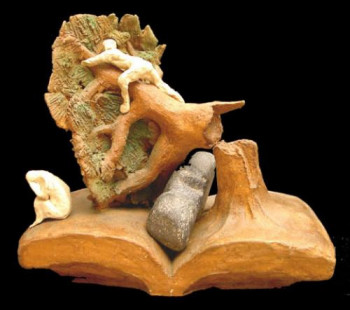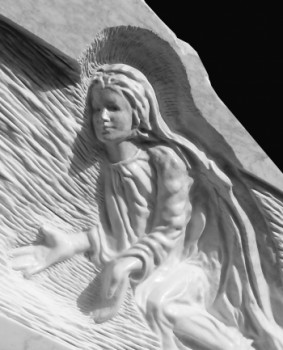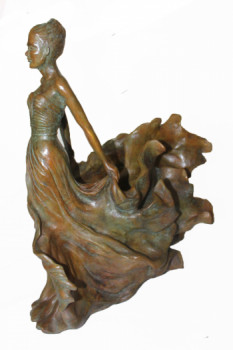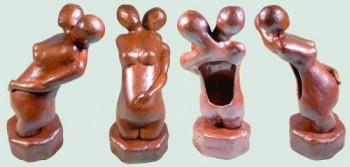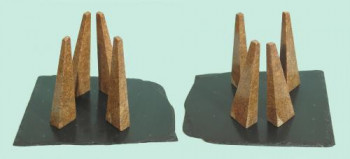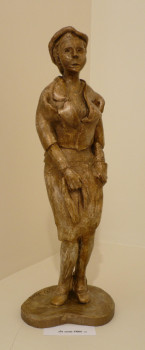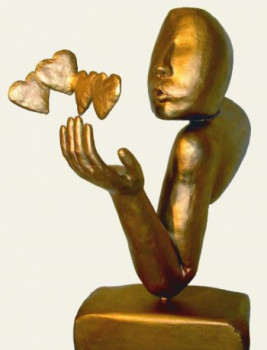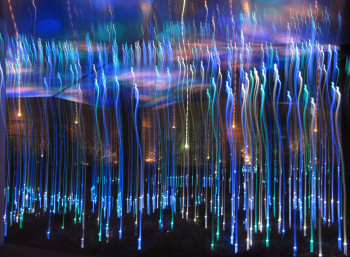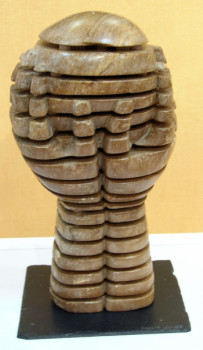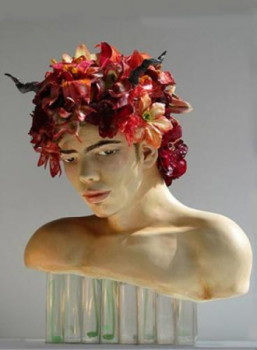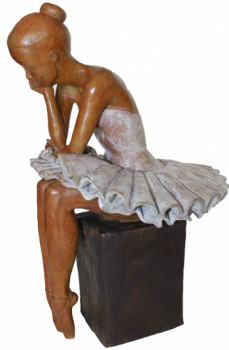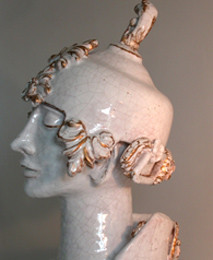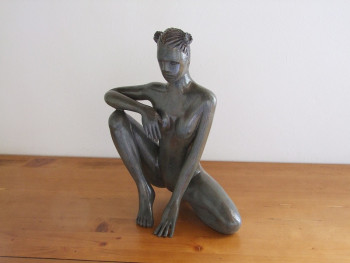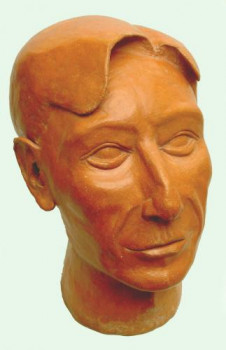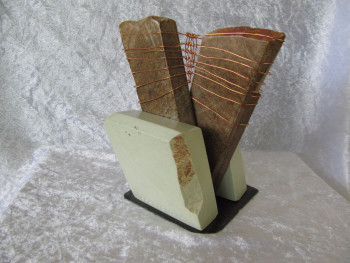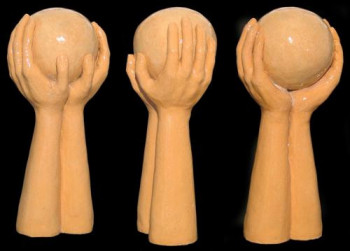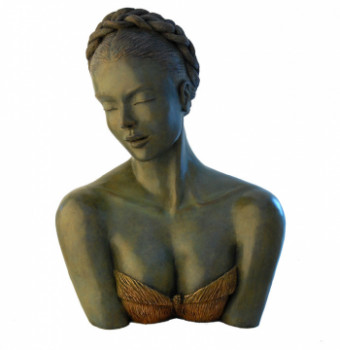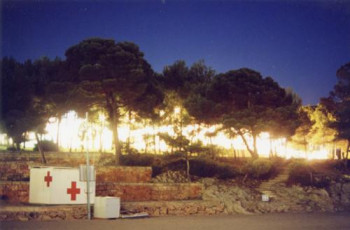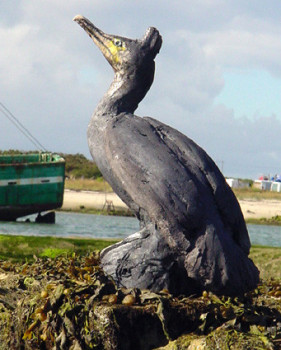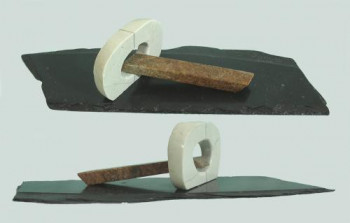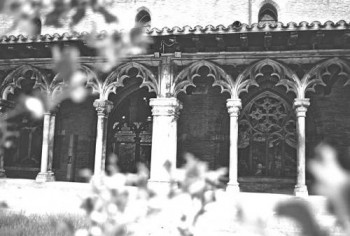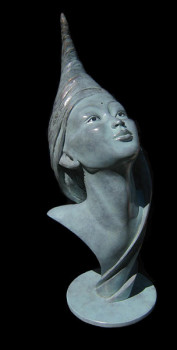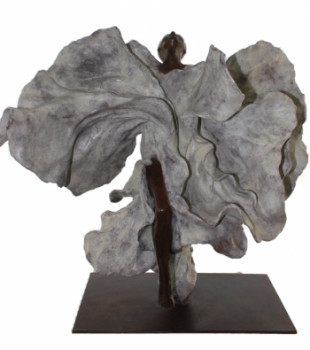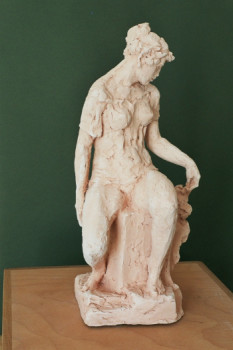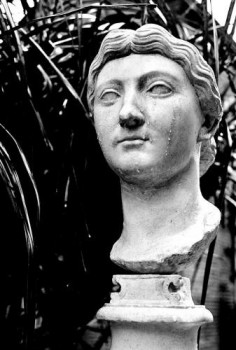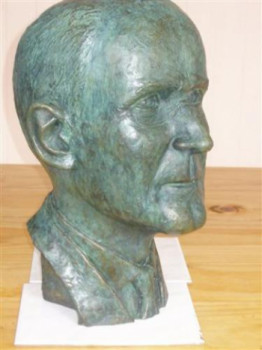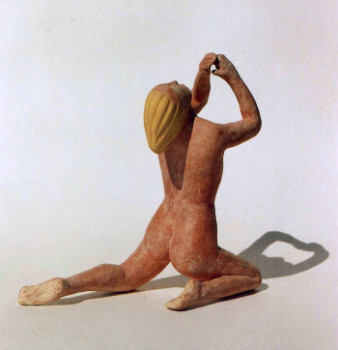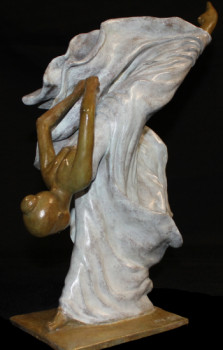
Dalou, an eclectic style to offer diverse forms to his sculptures
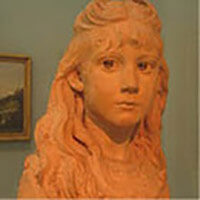
Like Chapu and Mercié, Dalou is part of the handful of greats artistes French sculptors from the end of the 19th century. Unlike his colleagues, the work of Dalou has a wide range of sculptural sources. It is estimated that his exile was London allowed this artist sculptor to multiply the influences. Whatever the scale, the sculptor artist enjoys a plasticity that is unique. vigorous and stylistic eclecticism to give exceptional life to your work. its numerous sculptures. Let's explore together one of the most renowned sculptor artists of the late 19th century.
The childhood of the French sculptor
Aimé-Jules Dalou was born; December 31, 1838 at Paris in a working family of Huguenot origin. His parents raised him in an atmosphere of secularism. and socialism. Very quickly, he caught the attention of Jean-Baptiste Carpeaux, a sculptor, who sponsored him to enter the Petite Ecole in 1852, which later became the National School Superior of decorative arts. Dalou met other sculptors such as Alphonse Legros and Fantin-Latour. Two years later, Carpeaux presented him to the public. the Paris School of Fine Arts. He will study painting with Abel de Pujol and sculpture with François-Joseph Duret, who was also Carpeaux's master. However, the study program and the relationships, especially those he had with Duret, were not favorable for this young sculptor who ended up considering Carpeaux as his true master. Gradually, thanks to the artistic richness of the latter mixed with the academic insistence on aesthetic and harmonious contours as well as the inspiration of numerous works such as Rubens or Puget, Dalou begins to develop. create your own style.
La Carrière de Dalou
The sculptor exhibited at the Paris Salon in 1861 for the first time. Not hiding his working-class sympathies, his opinions compromised his career under the Second Empire. four times, he was refused the Prix de Rome which allowed him to obtain official commissions as a sculptor. Dalou finally capitulated in 1865 and worked for decorators. This profession allowed the sculptor to meet Auguste Rodin who became a friend of Dalou. The sculptor earns a very good living by creating decorative sculptures to adorn the new Parisian boulevards. In addition, it provides wax models for the making of numerous jewelry by goldsmiths Fannière et Frères. The sculptor marries Irma Vuillier, a strong woman who will support him all his life, with whom he has a mentally handicapped daughter, Georgette, who will require regular care. Dalou is also one of the sculptors who produced the architectural decoration as well as the figurative furniture of the new hotels of the Second Empire such as the l’hô ;tel Païva located on the Champs-Elysées. During the 1960s, the government of the Second Empire bought two of his sculptures (Daphnis and Chloé, 1969 and La Brodeuse, 1870).
In 1871, the sculptor took refuge in England after identifying himself with too publicly the Paris Commune when he was curator at the Louvre Museum under Gustave Courbet. He stays with his sculptor friend Alphonse Legros whom he knew when he was in Paris. the Little School. Quickly, the sculptor became known by teaching the art of sculpture in numerous schools such as South London Technical Art School and elsewhere. the South Kensington School of Art. By refusing to appear in court, Dalou is sentenced to death. the prison at life by the French Government.
The English exile of Dalou
The sculptor artist spends eight years in England where he works. His attendance at the City and Guilds of London Art School and the National Art Training School made him a major sculptor in a new approach to sculpture: &ldquo ;The New Sculpture». This combines architecture and sculpture by granting capital importance to the new industrial idiom as well as’ traditional craftsmanship. During this time, he also suggested one of his sculptor friends , Edouard Lanteri, to leave France and come join him in England. Dalou creates numerous genre subjects, his sculpture from la Boulonnaise to agrave; the Branch was purchased by the Earl of Carlisle in 1871. Having had Louise as a pupil at South Kensington, the royal family realized, with Dalou , a commission for a private memorial intended for to the grandchildren of Queen Victoria. In 1877, the artist sculptor created his first public sculpture in Paris. London for a public fountain (Charity) located behind the Royal Exchange.
The sculptor's return to France
In 1879, Dalou returned to France. following the amnesty declaration. The artist sculptor will then create numerous sculptures. He created a large relief of Mirabeau responding to Dreux-Brézé which will be exhibited at the Palais Bourbon. He will also create the sculpture of the Fraternity panel as well as the sculpture The Triumph of Silenus. Dalou's most elaborate work remains the sculpture of the Triumph of the Republic. This bronze sculpture commissioned by the municipal council when it attempted to participate in the competition for a Monument to the City. the Republic.
This vast monument represents a symbolic figure of the Republic whose car is pulled by lions who are driven by Freedom, Work, Justice and Abundance. This sculpture, placed on the Place de la Nation, will require twenty years of work. Two of the most fascinating tombs of these decades, Auguste Blanqui and the journalist Victor Noir were discovered. executed by Dalou. He is also the artist of the sculptures of the Statue of Lavoisier which can be found in the Amphitheater of the Sorbonne as well as the Monument à agrave; Gambetta located Bordeaux.
As an arbiter of modern art, Dalou proposed: influential alternatives to the Academy and at the Salon by founding the Société of French Artists as well as the Société é Nationale des Beaux-Arts. Two years before his death, Dalou received the Legion of Honor at the University of Paris. on the occasion of the inauguration of his sculpture the Triumph of the Republic in 1899.
Découvrez quelques oeuvres inspirées de Dalou
